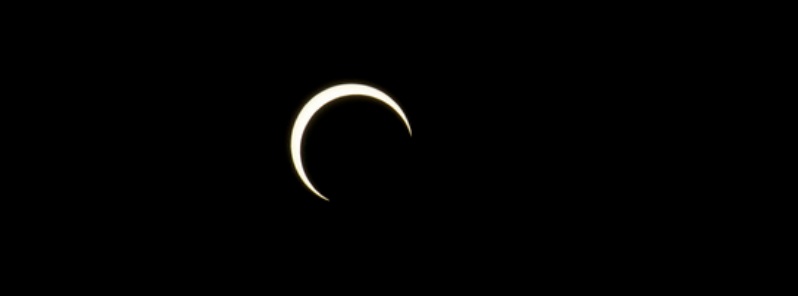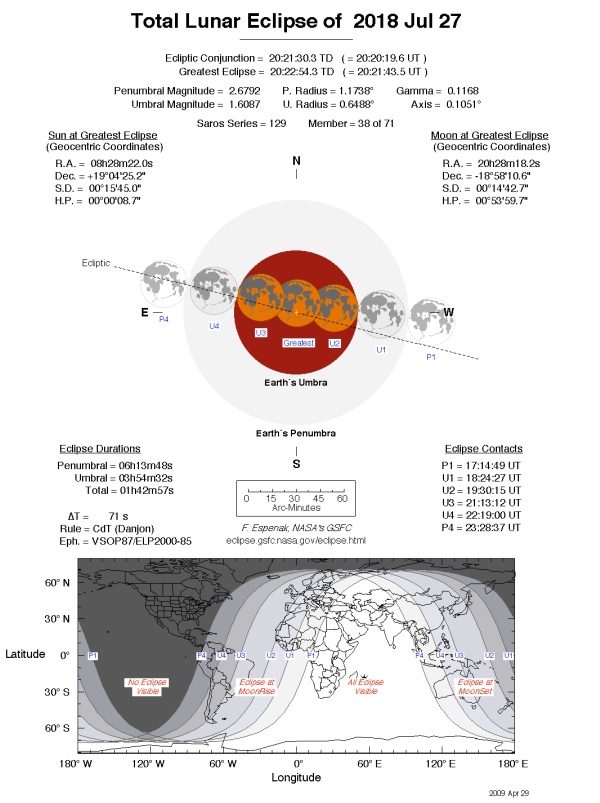Partial solar eclipse of July 13, 2018

A partial solar eclipse will take place on Friday, July 13, 2018, but will only be visible in extreme southern Australia and Antarctica.
This eclipse belongs to Saros 117 and is number 69 of 71 eclipses in the series. All eclipses in this series occur at the Moon's ascending node. The Moon moves southward with respect to the node with each succeeding eclipse in the series and gamma decreases.
This is a very deep partial eclipse, NASA's Fred Espenak noted. It has an eclipse magnitude of 0.3365, while Gamma has a value of -1.3542.
The event begins at 01:48 UTC and ends at 04:14 UTC. The instant of greatest eclipse will take place at 03:01 UTC, 0.2 days before the Moon reaches perigee. The Sun will be in the constellation of Gemini.
Partial coverage of the Sun will be visible in parts of southern Australia, such as Melbourne (maximum magnitude of 0.022558) and Geelong (maximum magnitude of 0.031923) in Victoria; Mount Gambier (maximum magnitude of 0.045189) in South Australia, and Hobart (maximum magnitude 0.094527) and Launceston (maximum magnitude 0.072570) in Tasmania.
The eclipse will also be visible in Stewart Island in the far south of New Zealand.
The following links provide maps and data for the eclipse.
- Orthographic Map: Partial Solar Eclipse of 2018 Jul 13 – detailed map of eclipse visibility
- Animated Map: Partial Solar Eclipse of 2018 Jul 13 – animated map of the Moon's shadows across Earth
- Google Map: Partial Solar Eclipse of 2018 Jul 13 – interactive map of the eclipse path
- Circumstances Table: Partial Solar Eclipse of 2018 Jul 13 – eclipse times for hundreds of cities
- Saros 117 Table – data for all eclipses in the Saros series
Total lunar eclipse of July 27, 2018
A total lunar eclipse will take place on July 27, from 18:25 to 22:19 UTC. It will be visible throughout most of Europe, Africa, western and central Asia, the Indian Ocean and Western Australia.
This will be the longest total lunar eclipse of the 21st century, lasting 1 hour and 43 minutes. From start to finish, the eclipse will last nearly 4 hours.

Featured image credit: yisris

Commenting rules and guidelines
We value the thoughts and opinions of our readers and welcome healthy discussions on our website. In order to maintain a respectful and positive community, we ask that all commenters follow these rules.